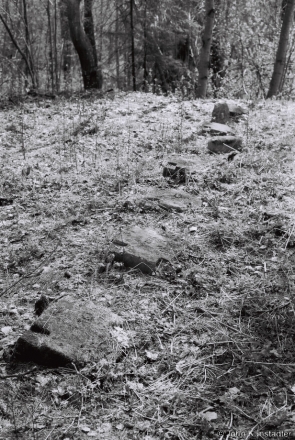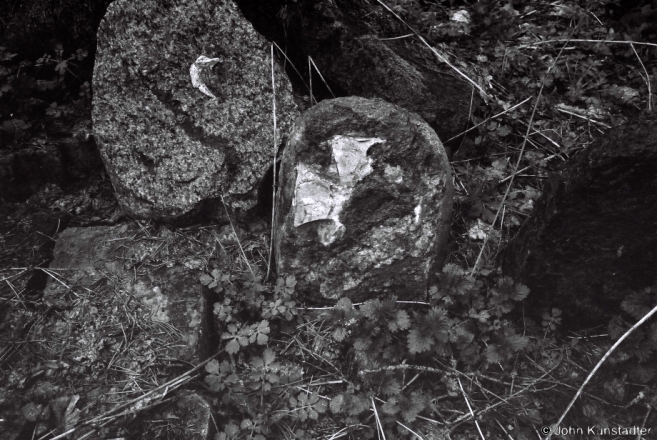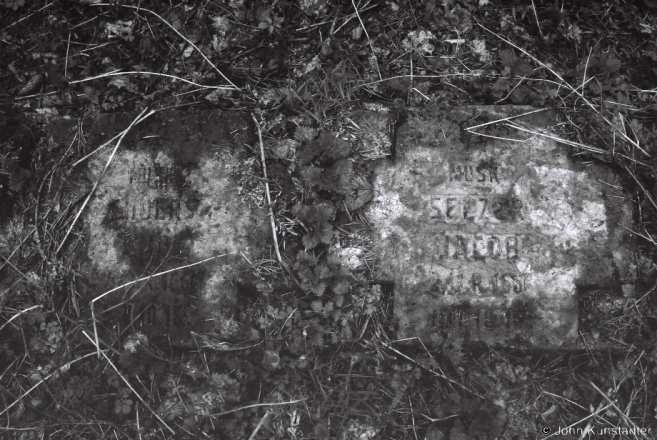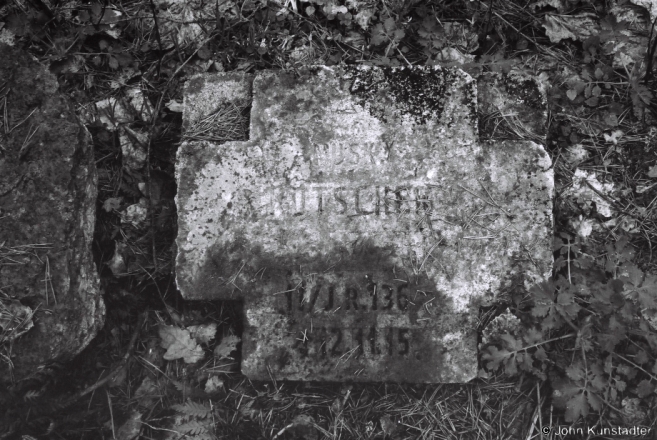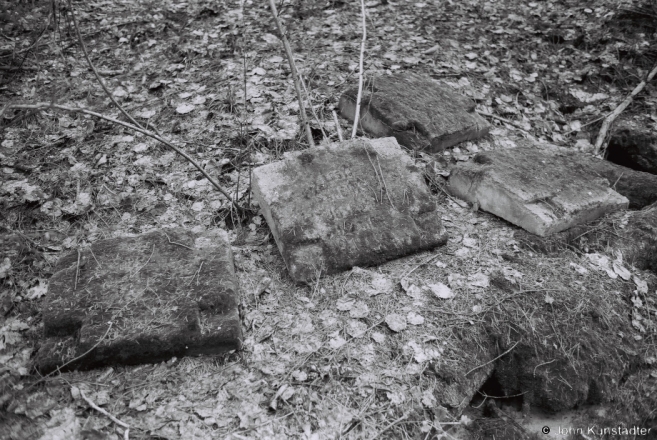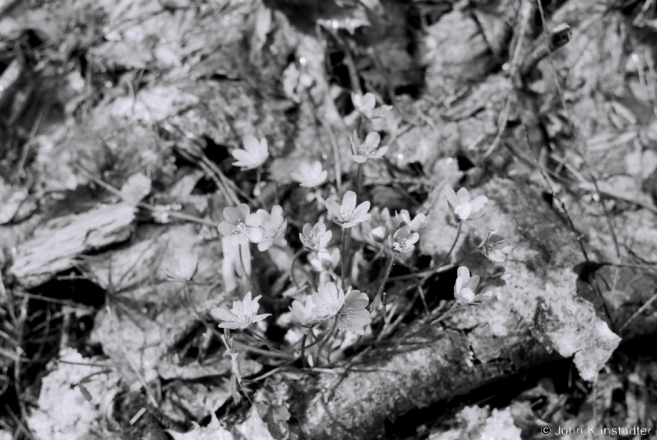April 2017 photo expedition to Vjaljejka, Mjadzjel and Pastavy Districts with Anton Astapovich, chairman of the Belarusian Association for the Preservation of Historic and Cultural Monuments (БДТАПГК) and regional historian and conservationist Andrej Matsur. Part II/IV: along the trace of the Eastern Front — German World War I fortifications and cemeteries in Mjadzjel’ and Pastavy Districts (Kabajli, Khodasy, Pjatroushchyna, Drabushy, Vjalikaja Ol’sa).
Фотавандроўка ў красавіку 2017 г. з Антонам Астаповічам, старшынёй Беларускага дабраахвотнага таварыства аховы помнікаў гісторыі й культуры (БДТАПГК) і пастаўскім краязнаўцам Андрэем Мацурам па спадчыне Вялейскага, Мядзедьскага й Пастаўскага раёнаў. Частка II/IV: па лініі Ўсходняга фронту — доты й могілкі нямецкай імперскай арміі ў Мядзельскам і Пастаўскім раёнах (Кабайлі, Ходасы, Пятроўшчына, Драбушы, Вялікая Ольса).
After World War I the German War Graves Commission (Volksbund Deutsche Kriegsgräberfürsorge — “Volksbund”) paid the government of the Second Polish Republic to look after German war cemeteries on Polish territory, which between 1921 and September 1939 included the western Belarusian lands. The Poles undertook careful exhumations and where necessary reburied soldiers’ remains under new tombstones in more than 150 cemeteries in the Belarusian lands. In some cases the remains were those of soldiers from the Russian imperial army; the Poles treated those remains with equal respect. During the interwar period, the Soviet regime showed no interest in similarly honoring Russian imperial army graves. After occupying the western Belarusian lands when it invaded Poland together with Nazi Germany, the Soviet regime neglected all World War I cemeteries. Since the collapse of the Soviet empire, the Volksbund has again been active in helping put some larger German World War I cemeteries in Belarus in order; however, the Volksbund does not provide funding for the upkeep of smaller cemeteries such as here. It is thus up to local volunteers or organized preservation groups to keep the cemeteries in order.
World War I cemeteries (part X): German cemetery (also with Russian graves) in Pjatroushchyna.
The cemetery in Pjatroushchyna is located at the bottom of a ravine. It is thanks to Pastavy historian Andrej Matsur and his colleagues, who cleared out the underbrush and trees obscuring the graves, that one can now find one’s way to the site at the bottom of a ravine.
Могілкі Першай сусьветнай вайны (частка X): нямецкія могілкі (і з магіламі ўпалых салдатаў рускай імперскай арміі), Пятроўшчына.
Дзякуй вялікаму клопату краязнаўца Андрэя Мацура й яго сяброў, якія тут выканалі маштабную й мэтадычную талаку, магчыма наведваць гэтыя могілкі на дне яру.
Forest wildflowers among the graves.
Лясныя кветкі паміж надмагільлямі.
